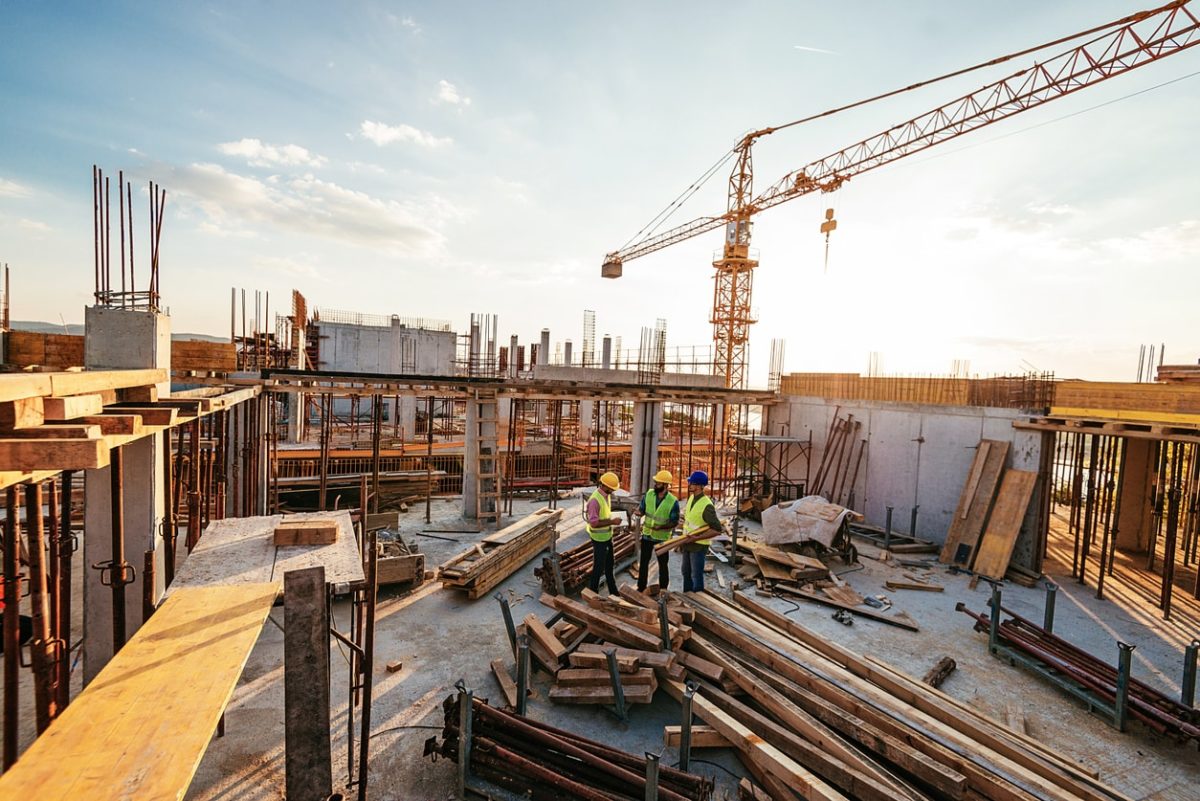
Eco-friendly construction is a term that describes the practice of using materials and techniques that are sustainably-sourced and environmentally-friendly while building a structure. Also known as “green building,” eco-friendly construction practices reduce their impact on the environment in several ways: through use of local, renewable and/or reclaimed materials; reduction of the energy use required in the construction process; and techniques to reduce wasted energy when the building is occupied. Any construction technique or material that benefits the environment typically also benefits those who use or occupy the structure in some way. A building that is designed to be energy-efficient will likely save the owner a lot of money in energy costs over many years compared to a cheaper building without any energy-saving features.
In the past, eco-friendly practices have been written off as too costly for most construction projects, but green building practices have seen a big surge in popularity in more recent years. In the United States, the estimated revenues for eco-friendly construction amounted to $245 billion in 2016 alone. As consumers and the construction industry both continue to change their outlook on construction processes, more and more firms are beginning to implement more eco-friendly practices into their businesses. Below are some ideas for implementing eco-friendly practices in construction.
Sustainable Sourcing
Eco-friendly construction starts before the physical construction even begins. The first thing that the construction company can do is to seek out sustainable materials to build with. One of the biggest concerns in sourcing wood. Whenever possible, reclaimed wood should be used. But, depending on the area, companies may also be able to obtain locally sourced wood from sustainably-managed forests. Some companies go a step further and use other alternative materials such as hempcrete (concrete made from hemp), bamboo and even recycled plastic in their processes.
Energy and Emissions
It’s extremely common to see machines idling on a construction site, which can be a massive waste of energy and an unnecessary source of pollution. In addition to not allowing machinery and vehicles to run while not in use, companies can also utilize electric and hybrid vehicles and machines to cut down on their energy use and emissions. Adding pollution liability coverage to a company’s construction insurance portfolio is another great way to identify opportunities to reduce emissions and responsibly handle any possible pollutants.
Efficient Additions
Once the structure is completed, products and techniques can be incorporated into the structure to make the building itself more energy-efficient. Solar energy panels can help the building generate its own electricity, drainage and water filtration systems can be used to recycle certain types of water for re-use and low-energy lighting and appliances can also help reduce the building’s environmental impact.
By incorporating energy-efficient and eco-friendly technologies and techniques into efficiently-designed structures, the construction industry as a whole can do its part to make the world a greener place.
About Provident Protection Plus
At Provident Protection Plus, we have served the businesses and residents of New Jersey, New York and Pennsylvania for more than 65 years. We are a wholly owned subsidiary of Provident Bank, the region’s premier banking institution, and we are prepared to offer you personal, business, employee benefit, and risk management solutions. To learn more about our coverage options, contact our specialists today at (888) 990-0526.



